Fredericia Chairs
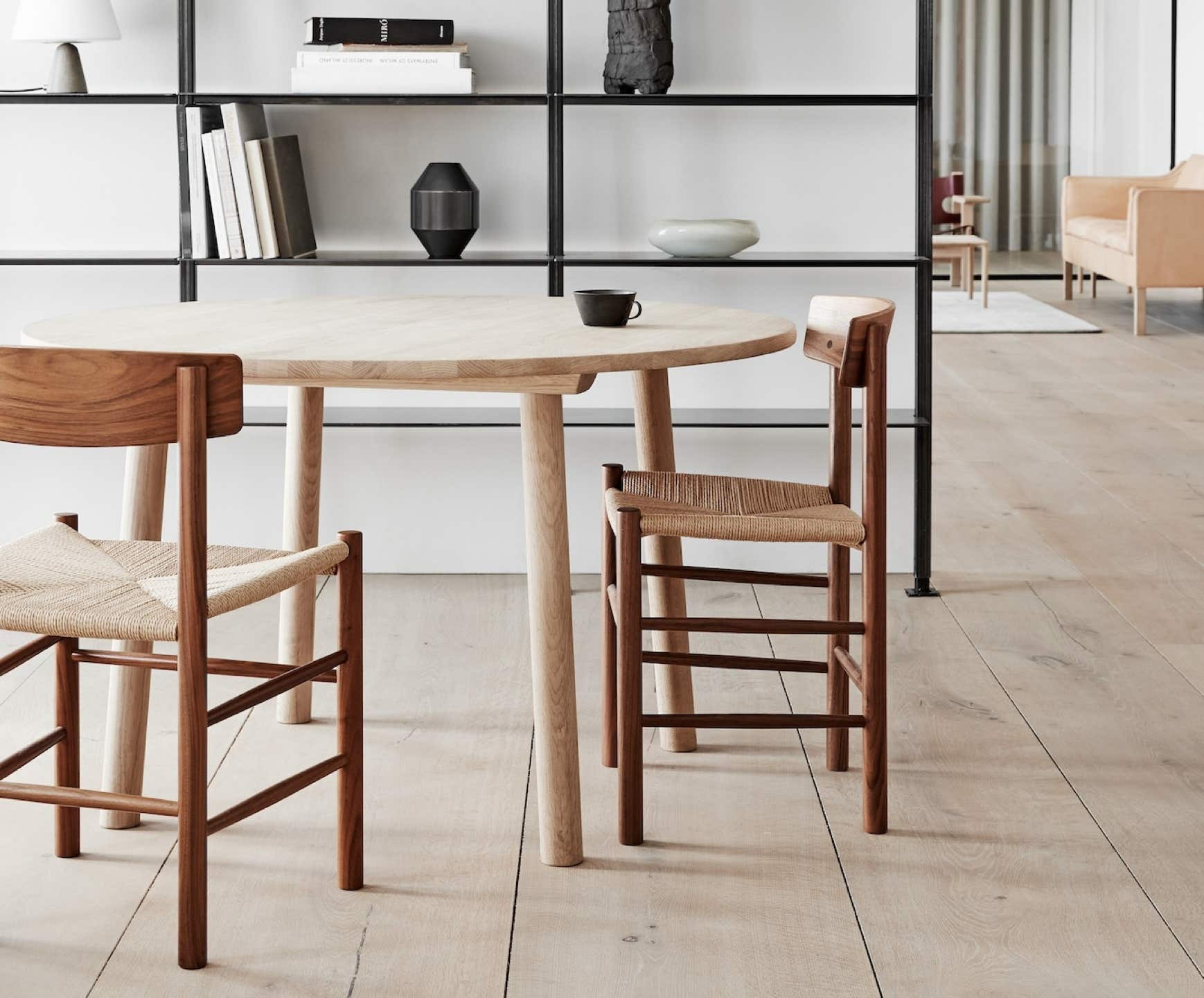
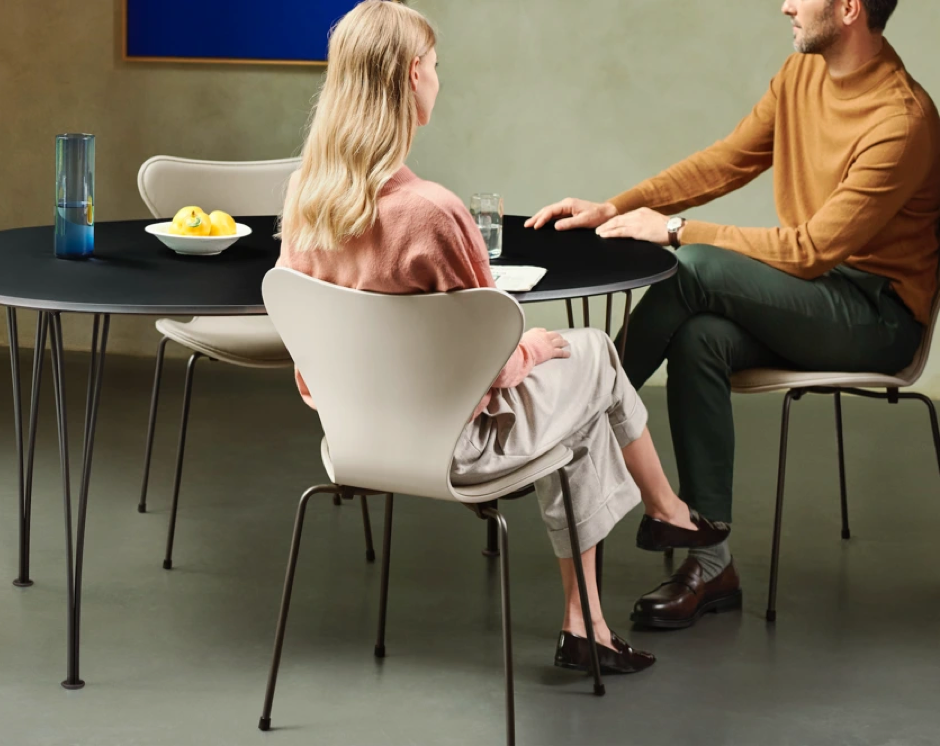
The finest high-end Scandinavian design chairs by leading Nordic and international brands and designers - from Arne Jacobsen to Hans Wegner to Alvar Aalto.

It's perhaps in the field of designer chairs that Scandinavia has left its deepest mark: as industrialization arrived later, woodworking was omnipresent when design developed, giving rise to an extremely warm modernity.
Our range includes all the classic Scandinavian chairs of Nordic design, including many timeless icons of world renown: from the molded wood veneer chairs of Alvar Aalto and Arne Jacobsen to the delicate organic creations of Finn Juhl, from the ergonomically perfect chairs of Hans Wegner (Wishbone CH24 chair) to the innovations of Verner Panton (Panton chair by Vitra).
But in the wake of these giants are also a host of contemporary talents, who have the intelligence to apply this rich heritage by reinventing it in line with the needs and techniques of the modern world.
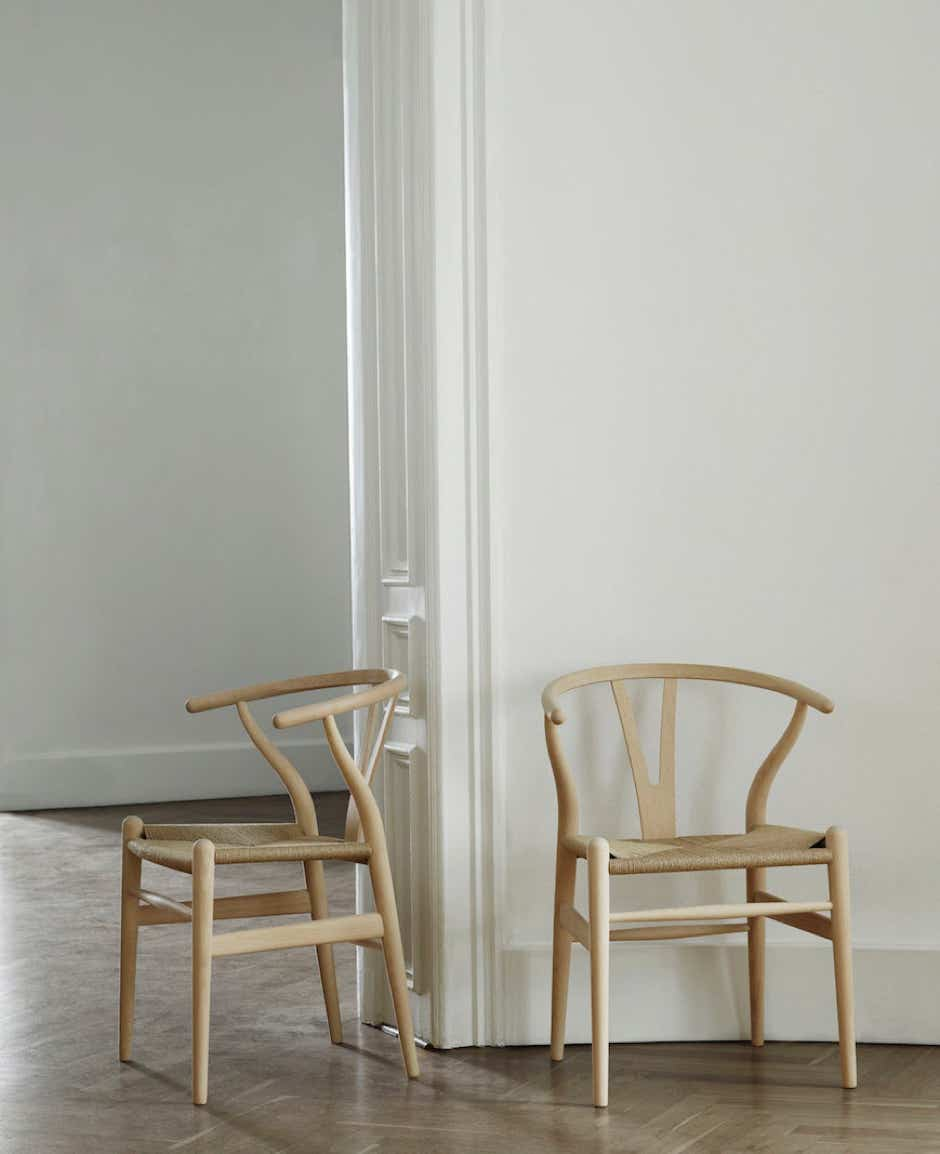
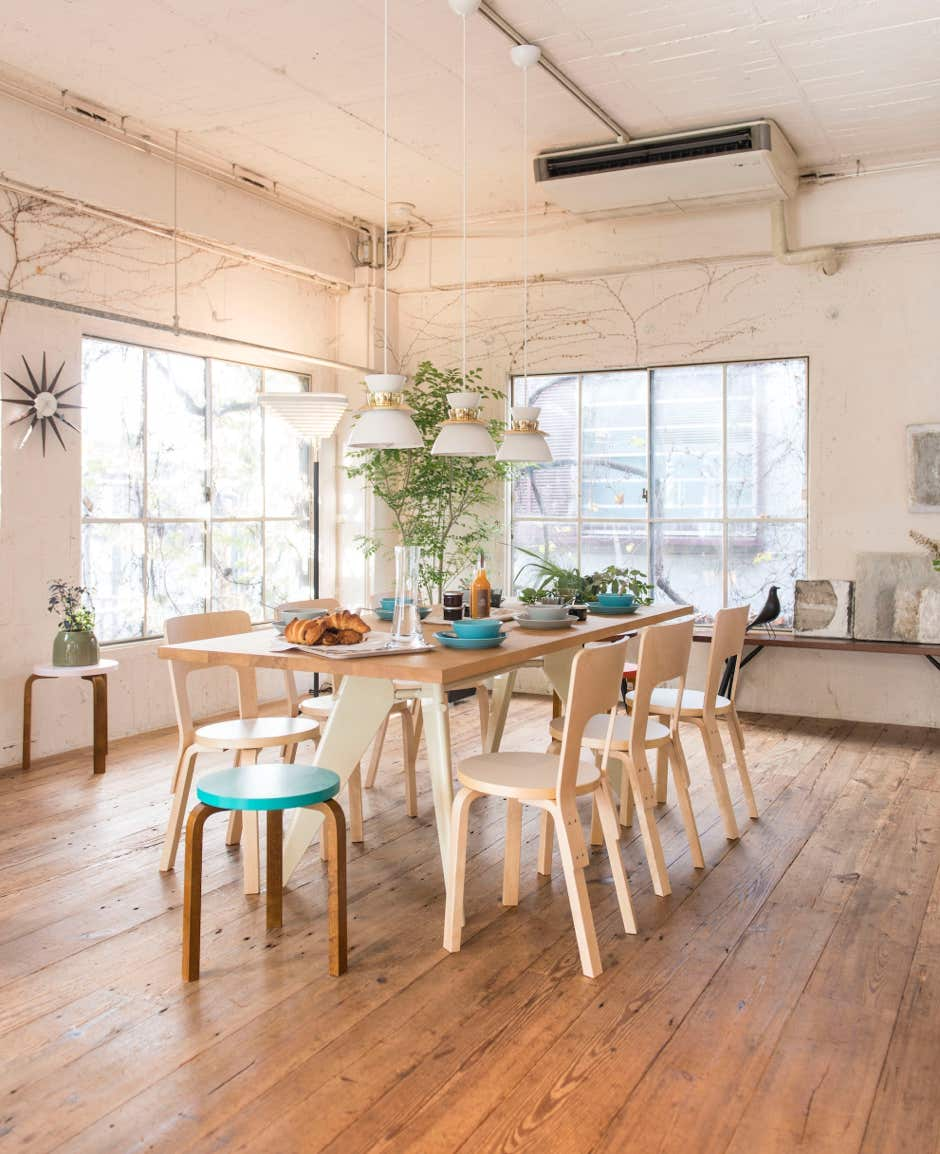
Wood is the material of choice for Nordic furniture makers, and several Scandinavian wooden chairs are among the great icons in the history of global design furniture. Examples include the Wishbone chair by Danish designer Hans Wegner (1950), published by Carl Hansen & Søn, the 66 chair by Finnish architect and designer Alvar Aalto (1935), published by Artek, the J39 chair by Danish designer Børge Mogensen (1947), published by Fredericia, and many others, such as the Wishbone chair by Danish designer Hans Wegner (1950), published by Carl Hansen & Son, the 66 chair by Finnish architect and designer Alvar Aalto (1935), published by Artek, the J39 chair by Danish designer Børge Mogensen (1947), published by Fredericia, and many others.
These historic wooden chairs are complemented by a host of attractive contemporary chairs from dynamic manufacturers such as Hay, Muuto, Gubi, & Tradition, Normann Copenhagen, Audo Copenhagen and others.
Wooden chairs with upholstered seats provide warmth and comfort. In Scandinavian design, upholstery classically consists of a layer of foam fixed to wood and covered with fabric or leather: the seat never becomes soft, but the gain in comfort is substantial.
Scandinavian upholstered wooden chairs are almost always customizable, thanks to the wide range of fabrics and leathers offered by the manufacturer. They are made to order, with lead times averaging 6 to 8 weeks, excluding a few standard versions in stock. The range of fabrics and leathers on offer often comprises several hundred variants.
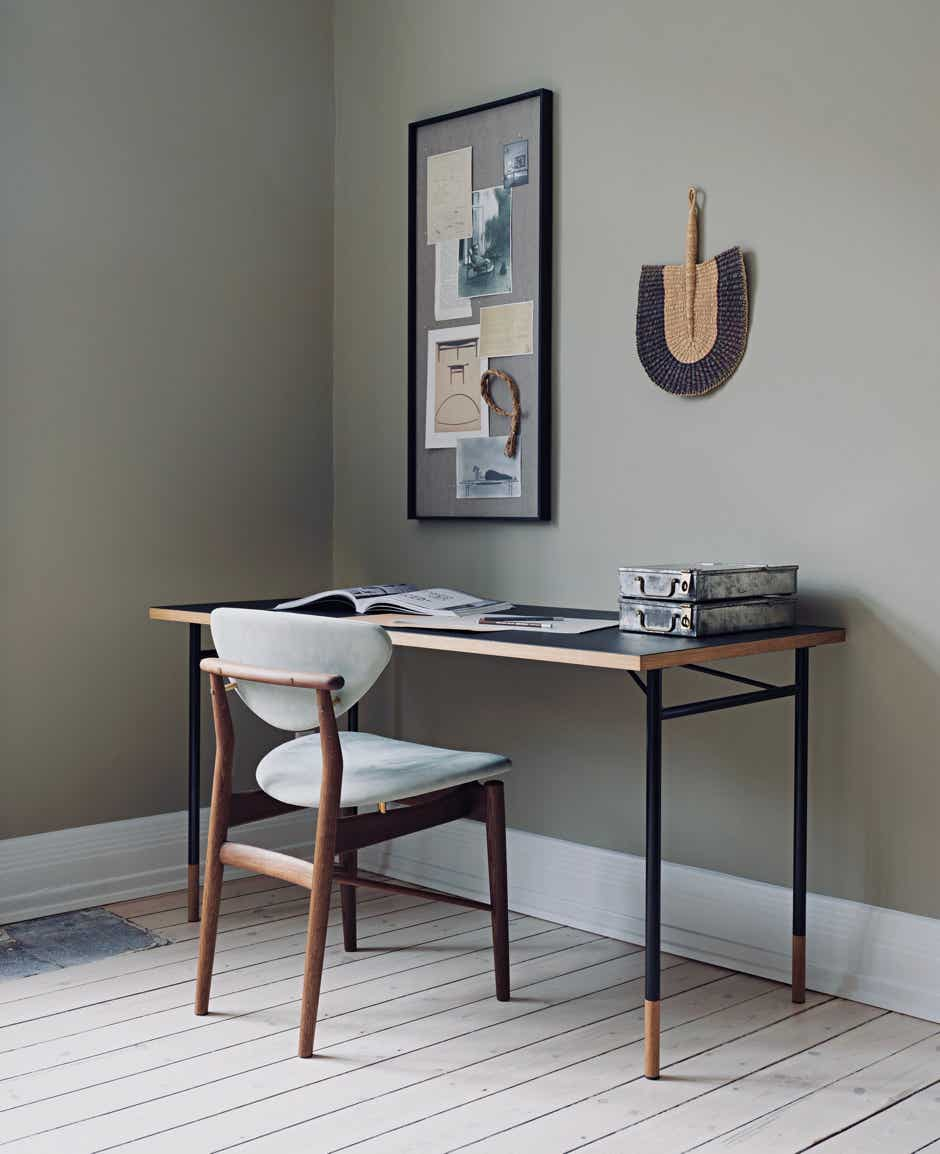
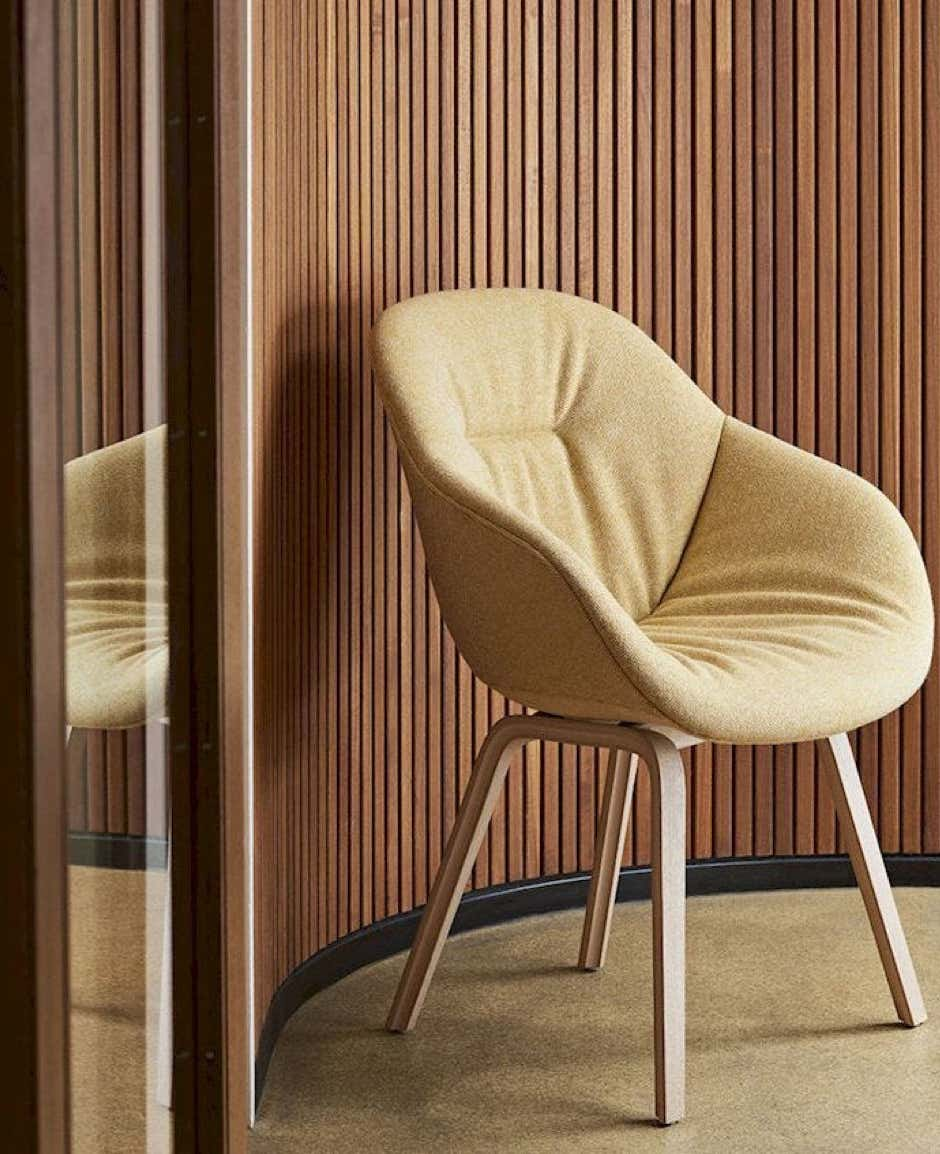
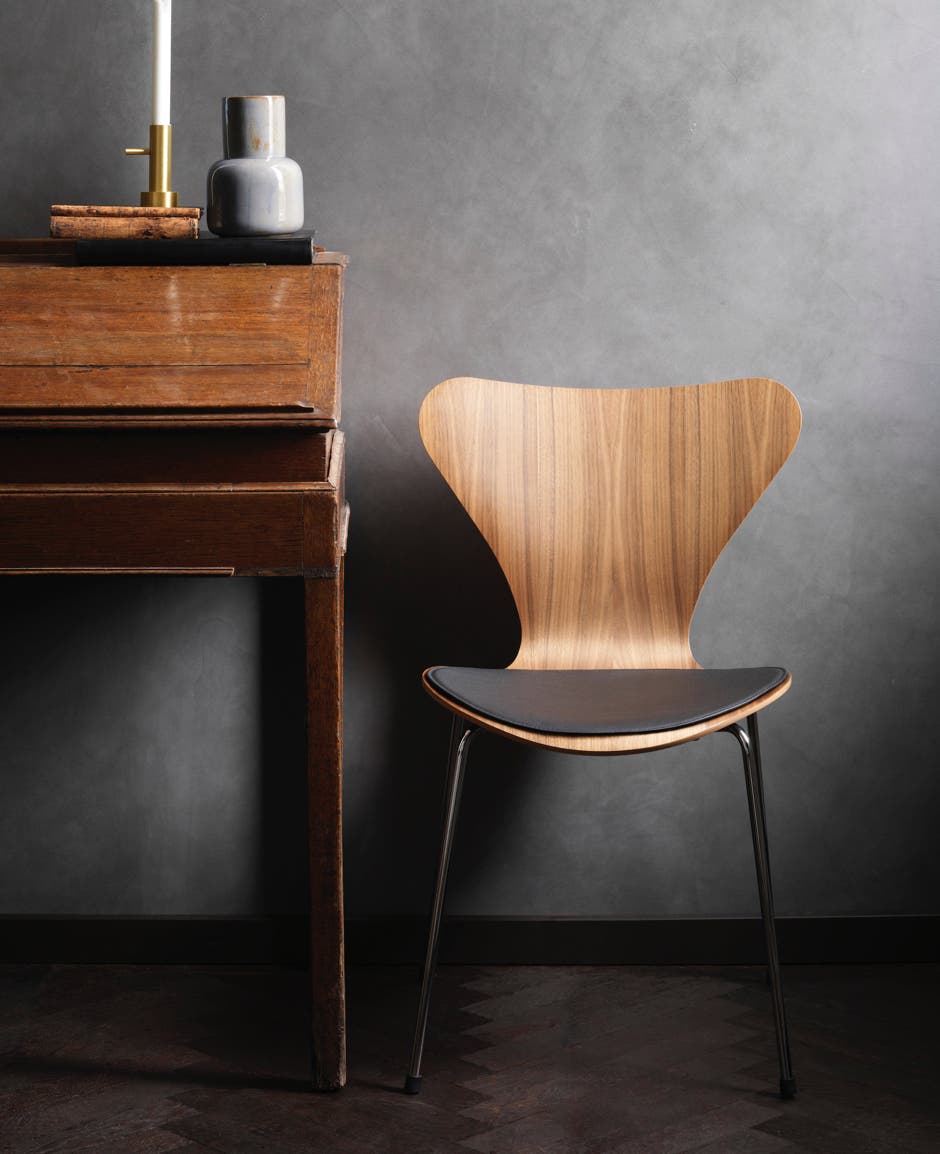

The archetypal metal-legged chair is the work of Danish architect and designer Arne Jacobsen, one of the founding fathers of Scandinavian design. His experiments with the combination of multi-ply wood and tubular steel legs led him to develop first the iconic “Ant chair” (1952), then the famous “Series 7 chair” (1955). The latter remains without doubt the best-selling chair in the history of world design.
Arne Jacobsen's work has inspired countless designers past and present, and on this page you'll find a host of attractively shaped design chairs, stackable and non-stackable, for the kitchen and dining room alike.
Scandinavian chairs with metal legs are designed for extended sitting, around a dining table or in front of a desk. The metal base lends a visual lightness that contrasts with the upholstered seat, covered in leather or fabric.
Upholstered chairs are almost always customizable and made to order, with delivery times often between 6 and 8 weeks (excluding some standard versions in stock for rapid delivery). There are often hundreds of coverings available. To help you, Scandinavia Design offers a system of large free samples against deposit.

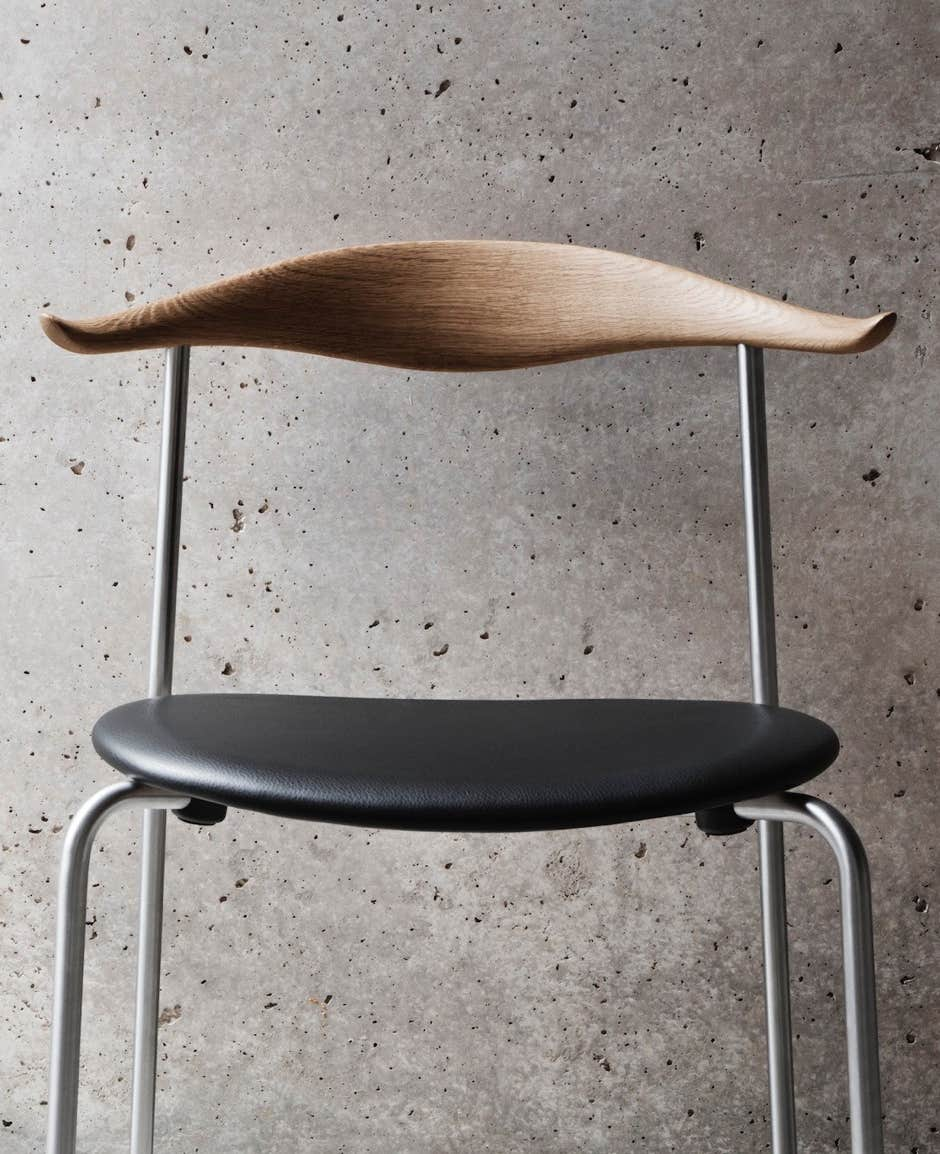
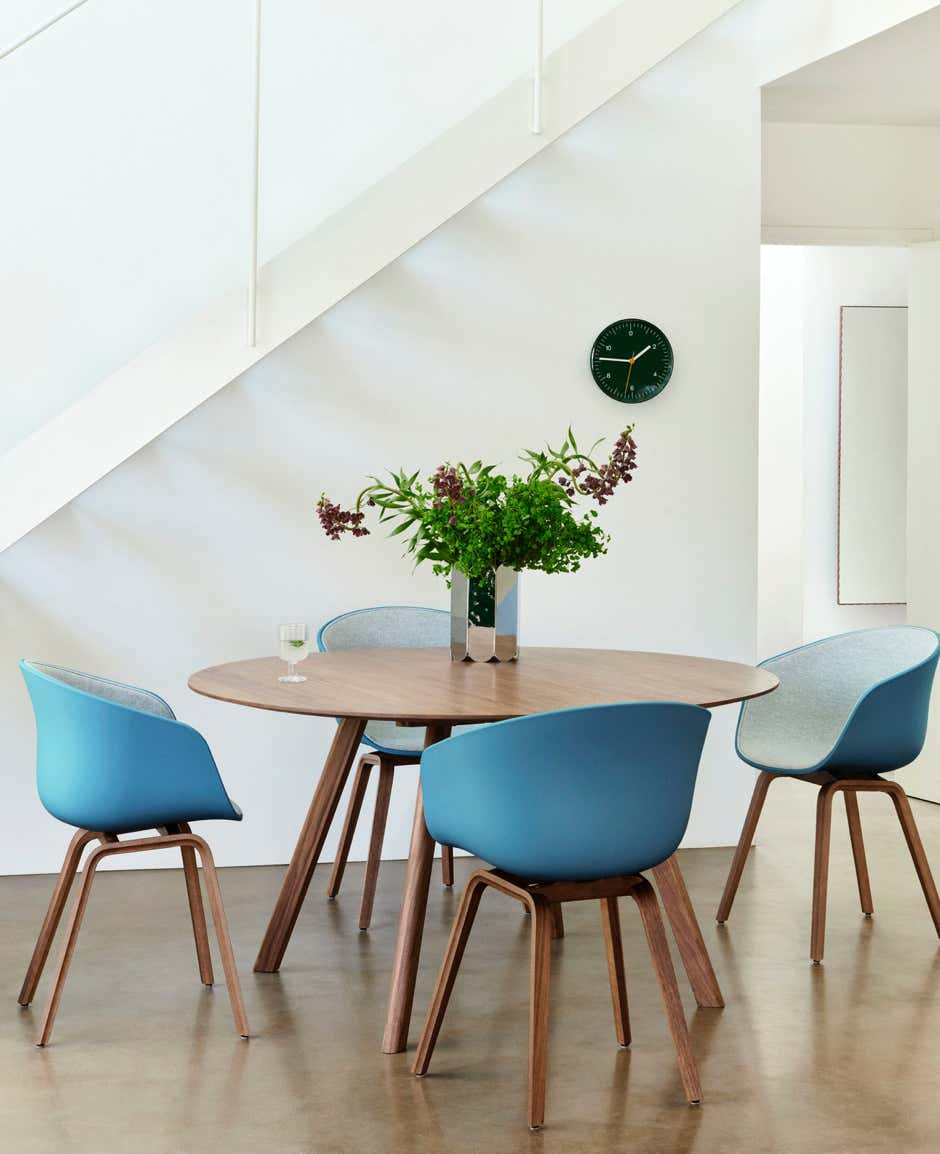
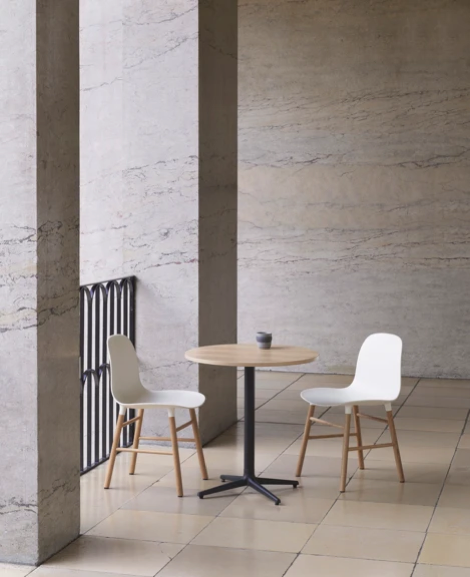
The category of Scandinavian chairs with wooden frames and plastic shells has enjoyed dazzling success over the last twenty years. These are lightweight chairs, often less expensive than all-wood chairs, and particularly comfortable thanks to the natural elasticity of the shell and the ergonomics of their design.
Aesthetically, wood/plastic chairs offer the advantage of being able to combine a wide choice of shell colors with the natural beauty of wood. Shells are often available with or without armrests.
The term “plastic” is a generic misnomer, concealing a multitude of often highly innovative materials, such as recycled polypropylene, sometimes mixed with post-consumer wood or plastic fragments.
Scandinavian chairs with plastic shells are almost always available with wooden or metal legs: the latter are particularly light and resistant, and sometimes stackable for maximum practicality. The use of metal rather than wood also contributes to their affordability. Legs can be chrome-plated, plated or painted, creating interesting color contrasts with the shell.
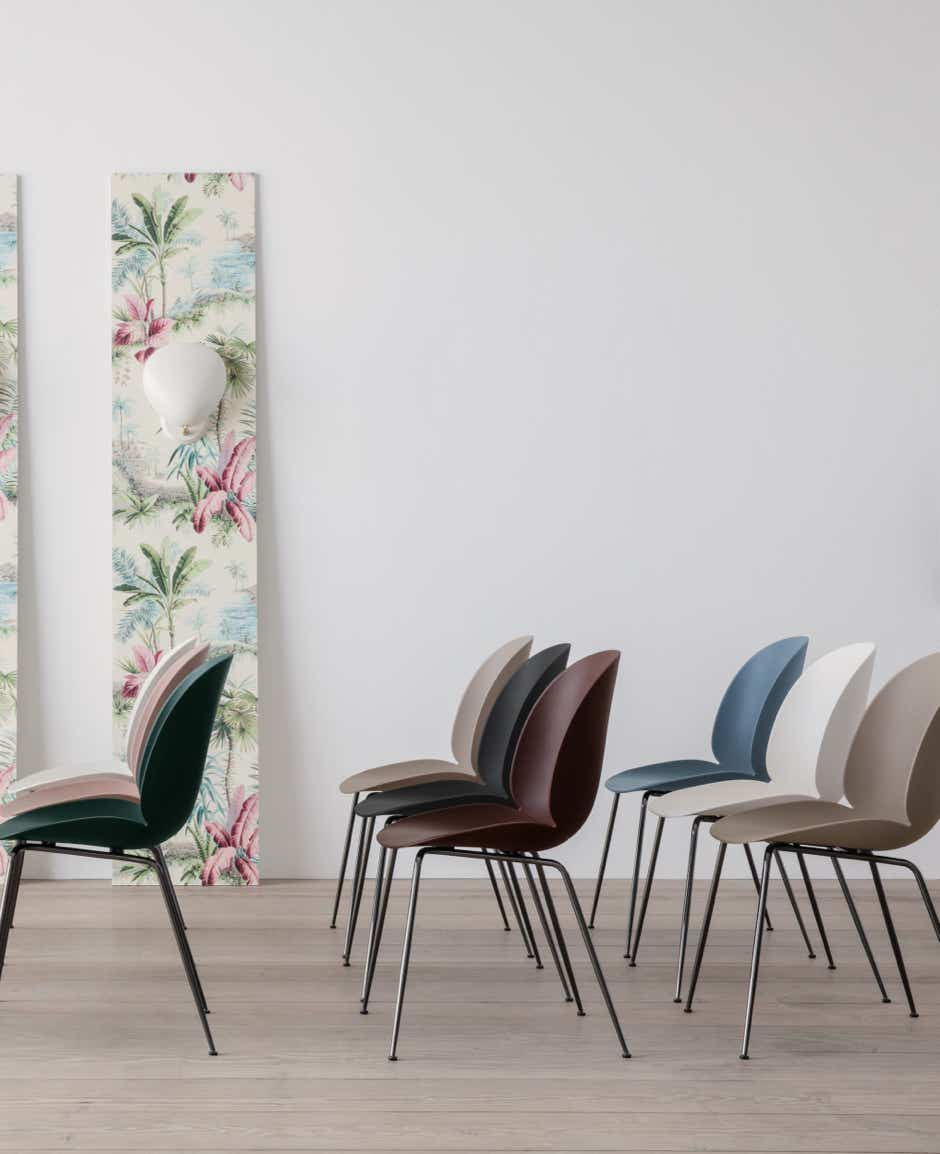

Ce site web utilise les cookies techniques pour fonctionner.
Vous pouvez les refuser, mais perdrez alors la possibilité d'acheter.
OK
Refuser